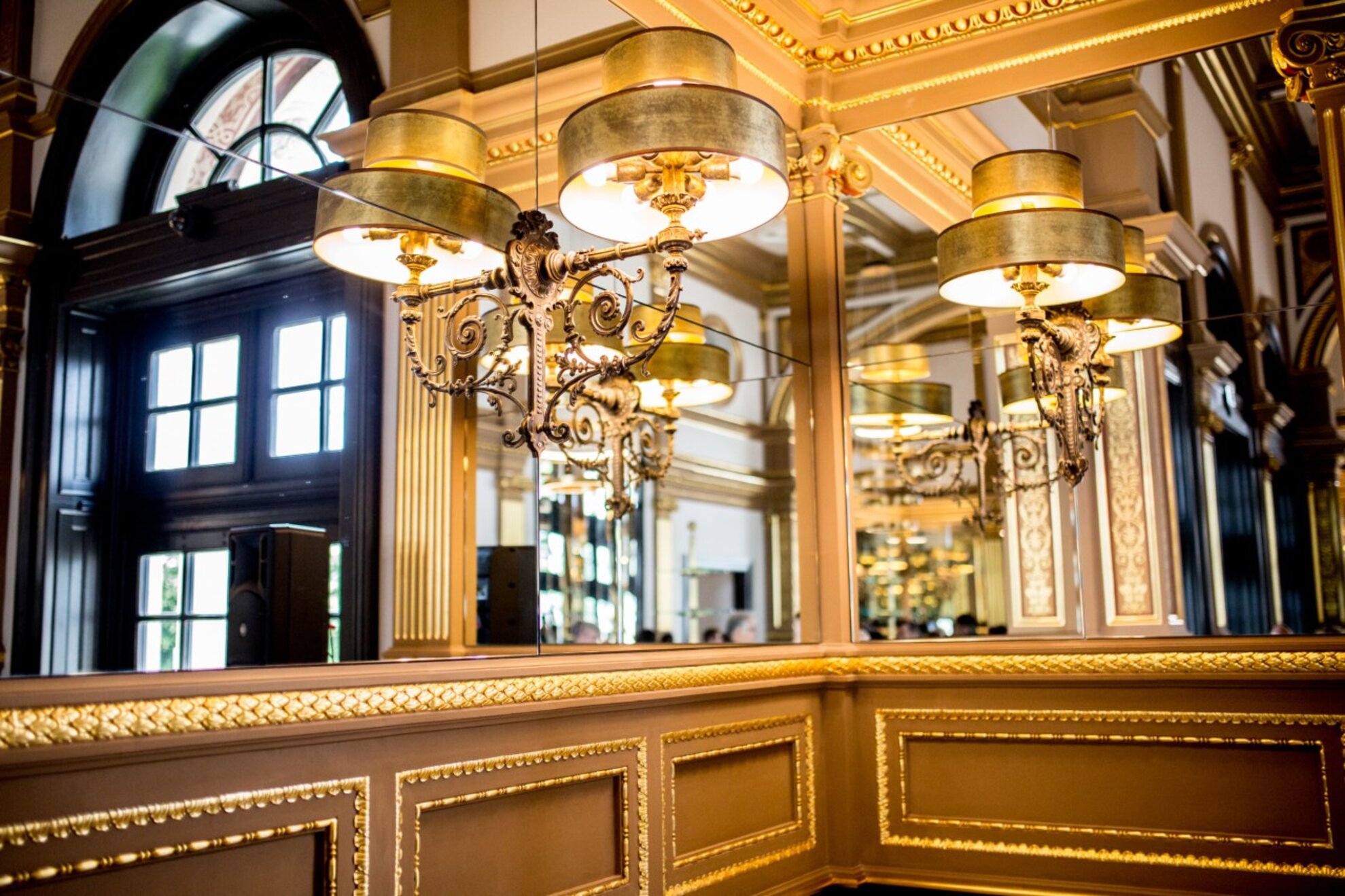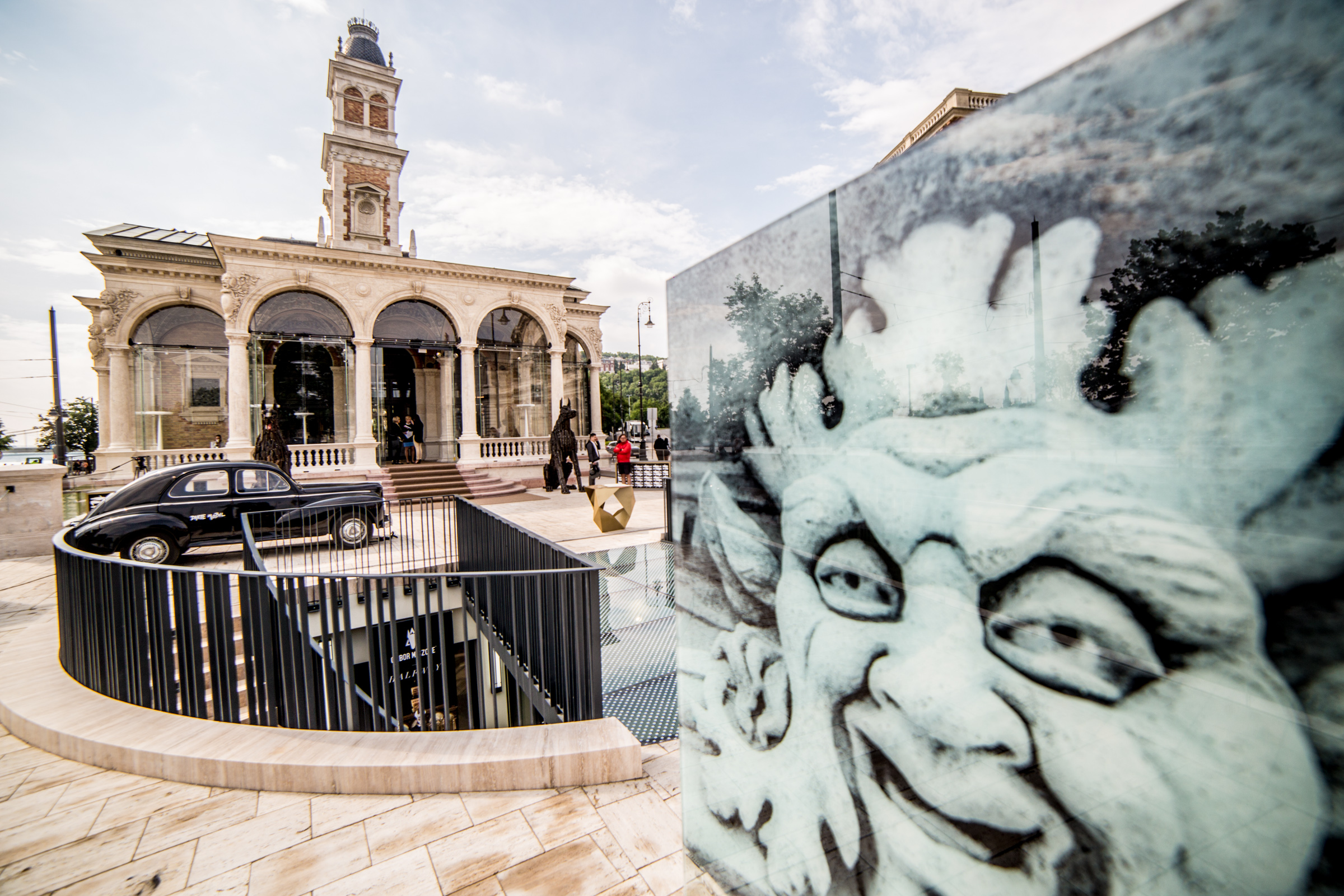Hungarian architect Miklós Ybl was a mastermind of the 19th century. He was responsible for iconic buildings that helped shape the urban landscape of Budapest – including the Hungarian State Opera and Károlyi Palace near the Hungarian National Museum. He also initiated the reconstruction of Buda Castle. Várkert Bazár was built according to his plans.

It may come as a surprise that Miklós Ybl originally designed this gorgeous building – bearing Renaissance traits – to be a pumping station with steam engines, regulating the water supply of Buda Castle. He used advanced technological solutions to keep the ground floor secure during flooding and groundwater surges, and to build a system of tanks to filter water.


The building functioned as a pumping station between 1877 and 1905, before being redesigned as an elegant coffeehouse and music parlour. It suffered bomb damage several times during WWII, and it was only reopened to the public in the 1960s due to the revival of tourism. It underwent renovation work at the beginning of the 1990s, and housed a casino for a while, but of late it was only a feature in real estate ads.


A foundation that restores historic buildings, Pallas Athéné Alapítványok, has been responsible for the building since 2016, starting its renovation work a year later. In all the 143-history of the building, this was its first extensive reconstruction, and is expected to re-invent the place as a venue of diverse cultural events.
This has involved not only the restoration of the façade but, thanks to extensive engineering, renewing the insulation, and the electrical and technical infrastructure. The loggia is now embellished with glass walls, and an exhibition space has been created inside. The interior has been redesigned with dominantly light and golden colours: it even has a café, with a modern feel and subtle beige hues.



Its new exhibition hall opens by showcasing the sculptures and installations of Gábor Miklós Szőke. The renewed interior will then house interactive events, lectures, workshops, concerts, movie screenings and family-friendly activities. In addition, a new outlet of the Stand25 Bistro, overseen by renowned chef Tamás Széll, is planned to set up here.






